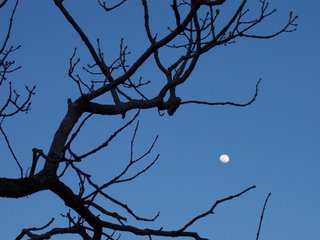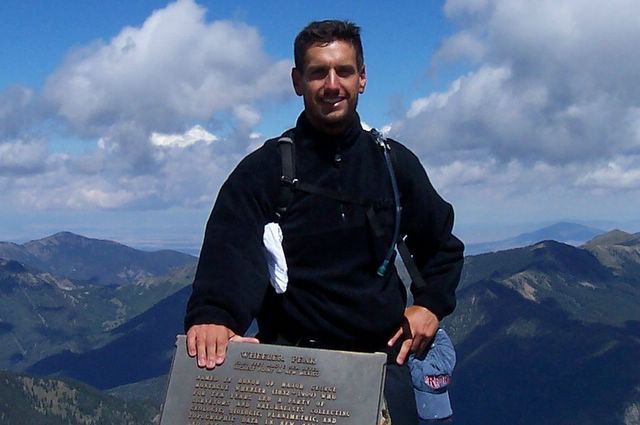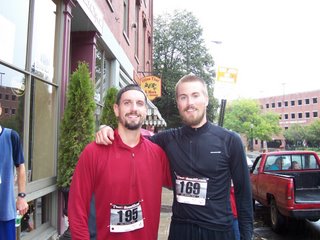
I thought having a frog catapulted through the spokes and into my chest was my weirdest cycling story. Then on my ride into work last week, I came within a few feet of hitting a raccoon, and when you’re rolling along in the dark on two skinny tires, any mammal is a big one.
She scrambled to the safety of a nearby storm drain, where I imagine she grappled with the incongruity of a cyclist outside of his typically diurnal world. Meanwhile, with nearly an hour til sunrise, it hit me that such an encounter makes sense for this time of year- a season in limbo, and one that is strange for all species.
At either end of these early autumn days, I’ve noticed more runners and cyclists working out in the dark. In fact, if I hadn’t announced the arrival of dawn to my masked, furry friend, then the group of runners I see training for a marathon each morning would have.
It seems ironic to me that activities requiring us to wear florescent colors and reflective piping just to make it home alive are the ones that we find time for. All the other things we love to do in the fall- hiking, paddling, mountain biking- seem to be reserved for the daylight hours of the weekend. For whatever reason, heading into the wilderness after dark is synonymous with insanity, while jogging at rush hour is perfectly acceptable.
At least this seems to be the case here in the Northeast. Or maybe it’s just wherever there are trees to block the light of the moon. Barren, western landscapes, on the other hand, are among the most popular destinations for nighttime adventurers. From hiking at Bryce Canyon to paddling at Lake Tahoe, the full moons of the cool American desert offer just as many adventures as the Southwest’s baking sun.
Connecticut, however, has limited opportunities for nighttime adventures. At least legal ones. Our favorite trails and state parks close at sunset, so most Connecticut residents never get to experience the magic of a moonlit excursion.
There are, however, some outdoor organizations in our state that sponsor nighttime adventures and usually organize these around the full moons.
For instance, the Connecticut Audubon Society will lead a hike beneath the full Frost Moon of November 3rd. Sometimes called a Beaver Moon because this creature is busy readying her home for the approaching winter, the moon will illuminate the hikers’ way through the 152-acre Larsen Wildlife Sanctuary in Fairfield. Visit
http://www.ctaudubon.org for more information.
Beneath the full Harvest Moon which peaked at 11:13 last Friday night, New Haven Parks and Recreation led a group of experienced paddlers for a nighttime tour of New Haven Harbor and Lighthouse Park. NHPR will also be hosting a sunset hike at the West Rock State Park’s Nature Center this Thursday, October 12 at 5:30 pm. On November 5th, the NHPR will again offer the Lighthouse Park paddling tour, but participants must pass a brief safety test before departing. Visit
www.cityofnewhaven.com/parks for registration information.
If you look hard enough at the online message boards where area mountain bikers congregate, you’ll also be able to find loosely planned- if not spontaneous- full moon rides.
But you’ll also find that many of these private-but-open excursions take place regardless of the phase of the moon, and with such great nighttime equipment available, it’s no wonder. From headlights to headlamps, the latest technology helps make the darkest of trails accessible with bright and lightweight gear. Outside magazine’s "Gear of the Year" awards for 2006 rated six of the top brand headlamps, looking at their price, weight and lifetime. Ranging from $33 to $110, the list was topped by the Petzl Tikka XP. At just 3.4 ounces, Outside called this their "go-to lamp for trail runs." Visit
http://www.petzl.com./Whether the light that leads you is from the full moon above or the LED on your forehead, the nighttime woods and water can offer something unique to your outdoor excursion. The most worn trail is now unexplored. The most trafficked waters are now uncharted. Your own backyard . . .strange.





